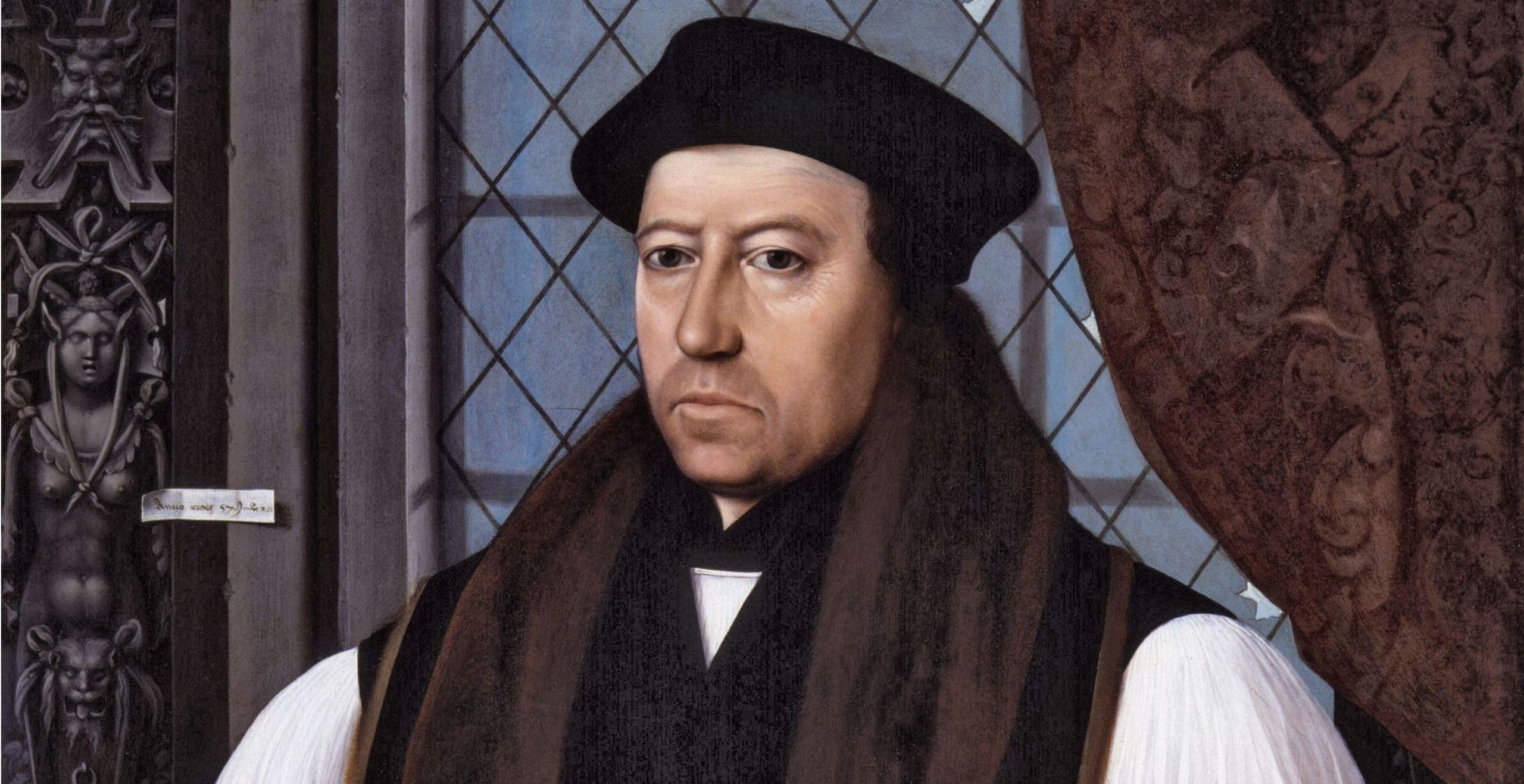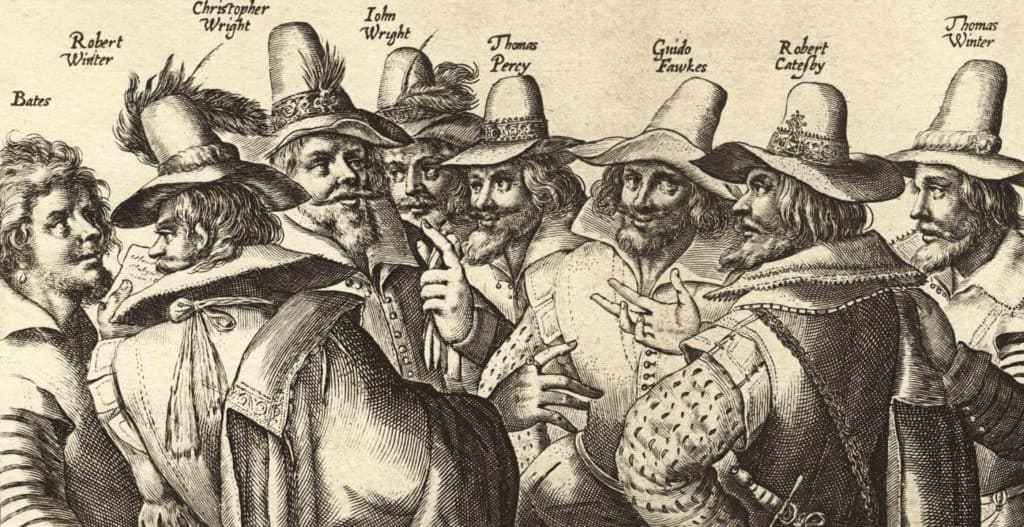In the 16th century religious beliefs could be a matter of life and death. Religion, politics and the monarchy were at the heart of how England was governed.
16th century Europe was under the spiritual leadership of the Roman Catholic Church and the Pope in Rome. Even kings and princes looked to the Pope for guidance. It was around this time that protests against the Catholic Church and its influence led to the forming of the ‘Protestant’ movement in Europe.
In England King Henry VIII sought an annulment of his marriage to his brother’s widow, Catherine of Aragon, who had failed to give him a male heir. When the Pope refused, Henry split from the Catholic Church and founded the Church of England. When Henry died, he was succeeded by his son Edward VI during whose short reign Cranmer wrote the Book of Common Prayer, and this uniformity of worship helped turn England into a Protestant State. Edward was succeeded by his half-sister Mary who took England back into the Catholic Church. Those who refused to give up their Protestant beliefs were burned at the stake, earning Mary the nickname ‘Bloody Mary’.

Mary was succeeded by her sister Queen Elizabeth I who wanted a strong, independent England with its own religion, trade and foreign policy. The Act of Uniformity was passed which restored the Church of England and all who did not conform were fined or imprisoned.
During Elizabeth’s reign there were several Catholic plots to overthrow her in favour of her cousin, Mary Queen of Scots and restore England to the Catholic Church. Queen Mary of England’s widower and the Catholic king of Spain, Philip was supportive of many of these plots and indeed sent the Spanish Armada against England in 1588 to restore Catholicism to England.
In this atmosphere of religious tension, it was made High Treason for a Catholic priest to even enter England and anyone found aiding and abetting a priest would be punished severely. To this end ‘priest hunters’ were tasked to collect information and locate any such priests.
The Jesuit religious order was formed in 1540 to help the Catholic Church fight the Protestant Reformation. Many Jesuit priests were sent across the Channel to England to support Catholic families. Jesuit priests would live with wealthy Catholic families in the guise of a cousin or a teacher.
Sometimes Jesuits priests in an area would meet at a safe house; these safe houses were identified by secret symbols and the Catholic supporters and families would pass messages to each other through code.
Hiding places or ‘priest’s holes’ were built in these houses in case there was a raid. Priest holes were built in fireplaces, attics and staircases and were largely constructed between the 1550s and the Catholic-led Gunpowder Plot in 1605. Sometimes other building alterations would be made at the same time as the priest’s holes so as not to arouse suspicion.

The priest hole was usually tiny, with no room to stand up or move around. During a raid the priest would have to stay as still and silent as possible, for days at a time if necessary. Food and drink would be scarce and sanitation non-existent. Sometimes a priest would die in a priest hole from starvation or from lack of oxygen.
Meanwhile the priest-hunters or ‘pursuivants’ would be measuring the footprint of the house from the outside and the inside to see if they tallied; they would count the windows outside and again from the inside; they would tap on the walls to see if they were hollow and they would tear up floorboards to search underneath.

Another ploy would be for the pursuivants to pretend to leave and see if the priest would then emerge from his hiding place. Once detected and captured, priests could expect to be imprisoned, tortured and put to death.
Baddesley Clinton in Warwickshire was a safe house for Catholic priests and home of the Jesuit priest Henry Garnet for almost 14 years. It boasts several priest holes built by Nicholas Owen, a lay brother of the Jesuits and a skilled carpenter. One hiding place, just 3’ 9” high, is in the roof space above a closet off a bedroom. Another is in the corner of the kitchen where visitors to the house today can see through to the medieval drain where Father Garnet was hidden. Access to this hiding place was through the garderobe (medieval toilet) shaft in the floor of the Sacristy above. A hiding space beneath the library floor was accessed through the fireplace in the Great Parlour.

Nicholas Owen was a most skilled and prolific builder of priest holes. He was instrumental in creating a network of safe-houses for priests during the early 1590s and for engineering the escape of the Jesuit Father John Gerard from the Tower of London in 1597. Shortly after the failure of the Gunpowder Plot in 1605, Owen was arrested at Hindlip Hall and then tortured to death in the Tower of London in 1606. Owen was canonised in 1970 and has become the Patron Saint of Escapologists and Illusionists.
Owen’s skilfully crafted priest holes saved many lives during this period of religious turmoil and persecution.







